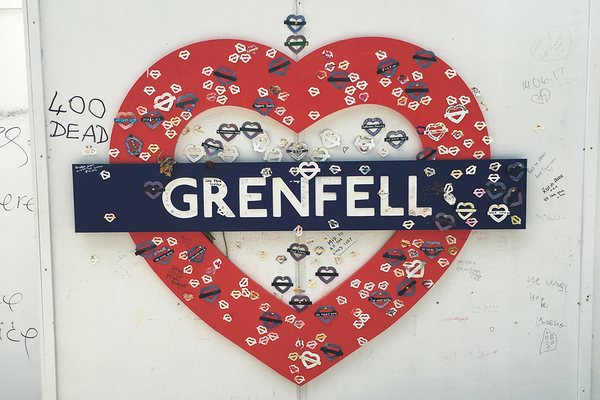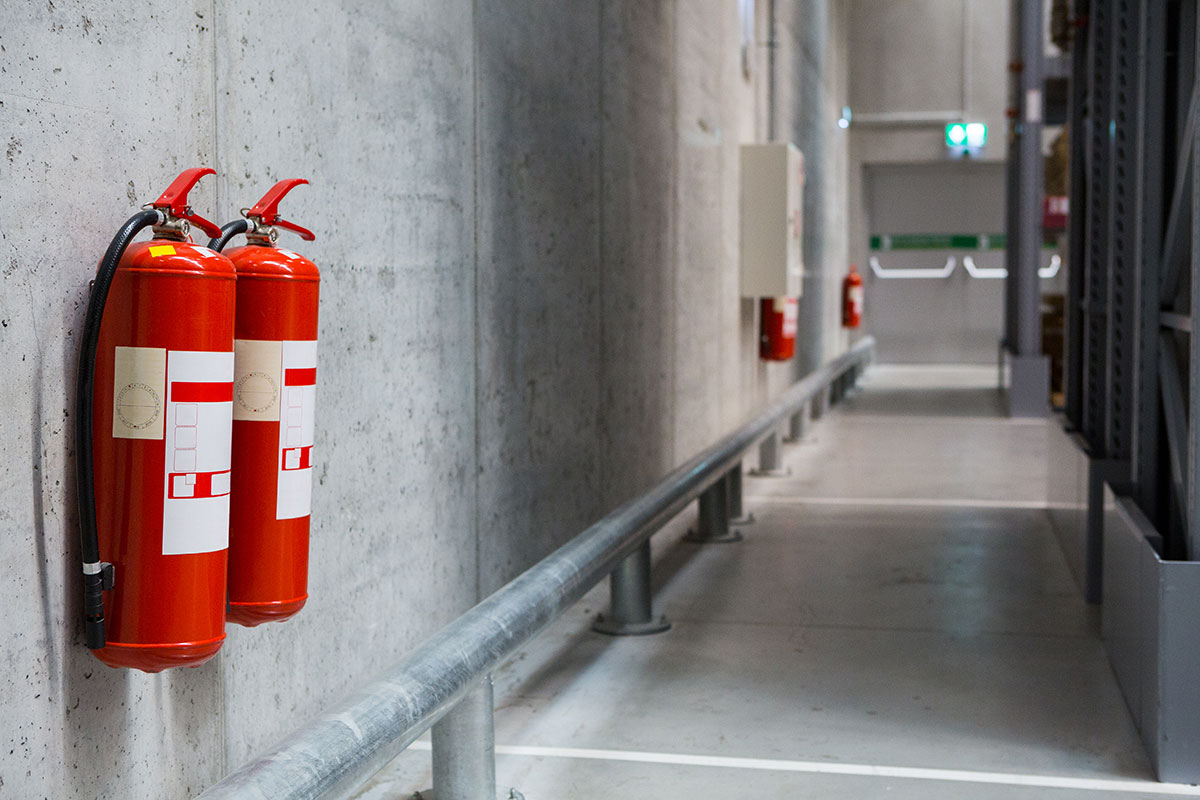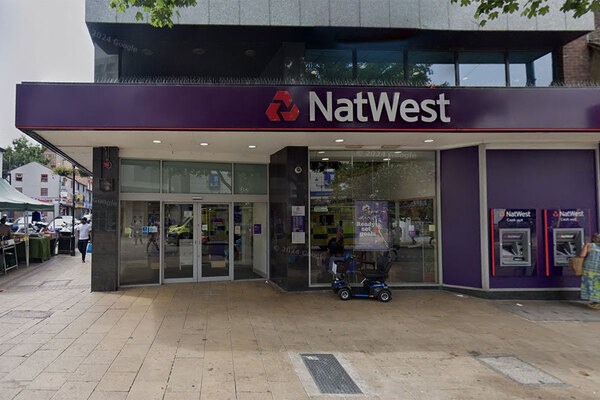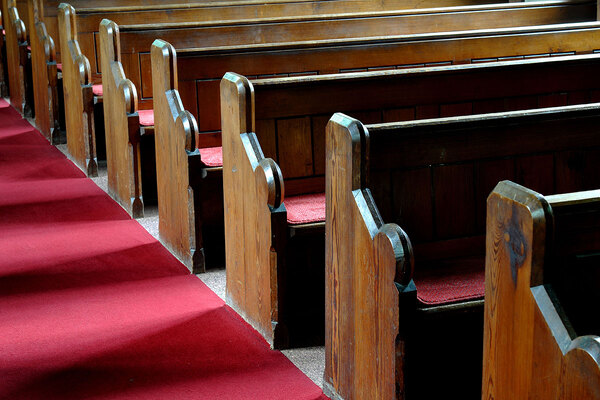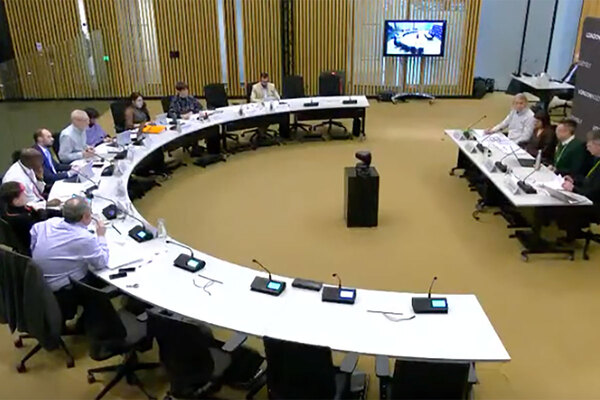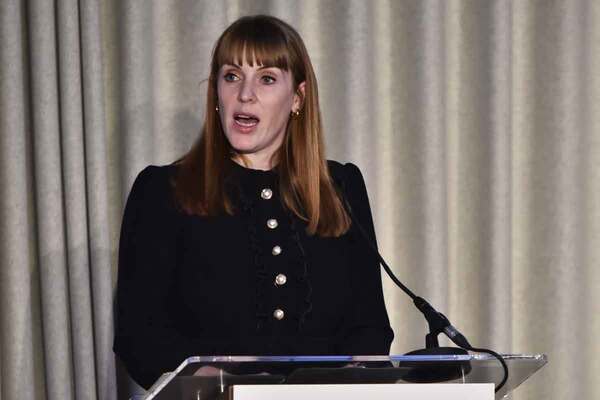Government rejects Grenfell recommendation on personal evacuation plans for disabled residents
The Labour government has rejected a recommendation from the Grenfell Tower Inquiry that would mandate personal evacuation plans for disabled people in residential blocks.
Officials deemed personal emergency evacuation plans (PEEPs) for high-rise flats unpractical and undeliverable at scale, despite suggesting in September that they would bring them forward.
Instead, ministers will implement emergency evacuation information sharing (EEIS), a procedure proposed by the Conservatives in 2022 to share the location of disabled residents with fire services.
Labour will rebadge the policy as “residential PEEPs” and widen it to cover all buildings taller than 18 metres, rather than only buildings with known fire safety issues as originally proposed.
PEEPs are already in place in office blocks and implementing them in high-rise residential buildings was a key recommendation from the first Grenfell Tower Inquiry report in 2019. A total of 15 of the 72 victims of the Grenfell fire were disabled, none of whom had been provided with PEEPs.
However on 2 December, the Home Office said that “there are no clear examples of workplace-type PEEPs within a residential setting which are practical and deliverable at scale in a proportionate and safe manner”.
The government’s choice to press on with Conservative policy was set out in its response to a 2022 consultation on the EEIS plans.
The response read: “It would be contrary to the public interest to mandate workplace-type PEEPs within a residential setting where the evidence does not demonstrate that they are universally practical, proportionate or safe for RPs [responsible persons] to implement, save perhaps in very limited specific circumstances which are unlikely to be of wider application.”
The decision to rebadge EEIS as ‘residential PEEPs’ was justified on account of the “familiarity of the terminology”, it said.
“While not workplace-type PEEPs, government recognises that many are familiar with the term ‘PEEP,’” it added.
Under the plans, responsible persons will identify mobility-impaired residents and offer them a person-centred fire risk assessment, or PCFRA, of their flat.
If adaptations are required under the PCFRA, they will be paid for by the individual – potentially through disabled facilities grant – with individuals allowed to decline them if they do not want to pay.
Changes to the common areas of a building may end up billed as service charges, although these are unlikely to be large when split across a whole building. Social housing providers will get some additional funding to implement the work.
In cases where there are remaining issues that prevent the resident’s evacuation, responsible persons will make the resident’s details available to the local fire and rescue service which would factor this information into their operational response in the event of a fire and potentially carry out an emergency evacuation.
Building owners will be required to take a “reasonable endeavours” approach to identifying disabled residents.
However in a departure from the Conservatives’ policy, EEIS will be mandated for all high-rise residential buildings and for residential buildings between 11 and 18 metres, with simultaneous evacuation strategies in place.
“The consultation impact assessment shows the potential for high costs if the mandated requirement was extended beyond high-rise buildings,” officials added.
Announcing the plans, Dame Diana Johnson, minister for policing, fire and crime prevention, said: “Protection of the most vulnerable people in our society is a key priority for government, and making improvements to fire safety is a vital part of this protection.
“With the Grenfell Tower tragedy and the publication of the public inquiry’s final report on 4 September at the forefront of my mind, this protection is more vital than ever.”
Sign up for our fire safety newsletter
Already have an account? Click here to manage your newsletters



